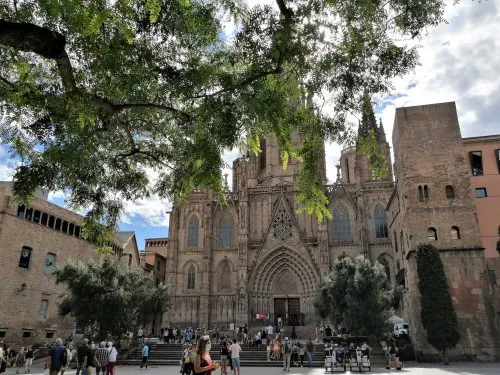
10 Places To Visit in Barcelona’s Gothic Quarter
If you want to jump from one century into another with just a few steps, the Gothic Quarter in Barcelona is the place…
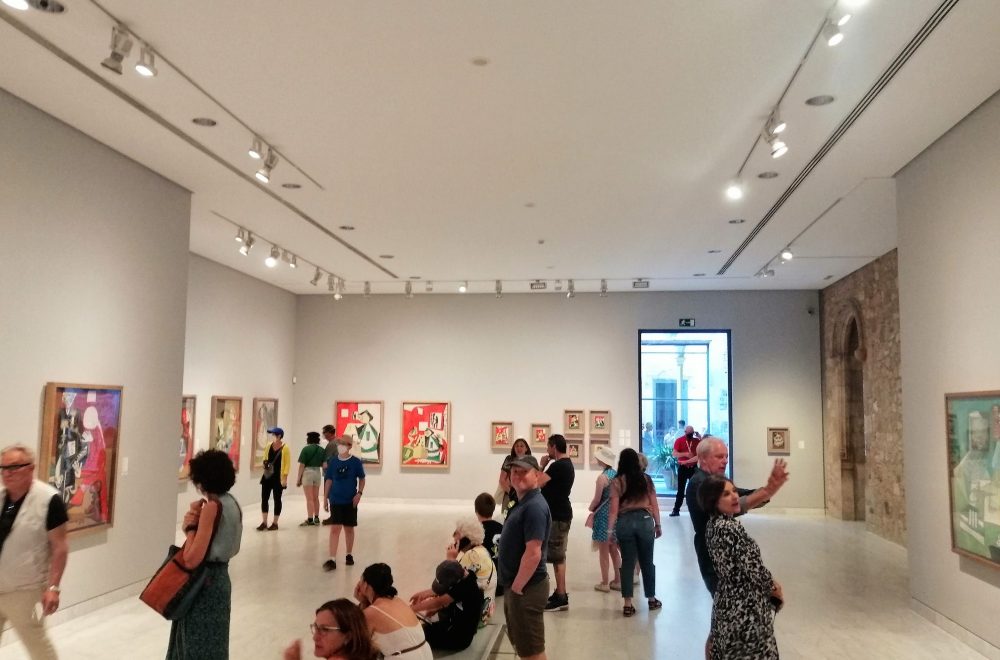
When you think of Pablo Picasso, you might think of 1920s Paris as depicted by Hemingway in “A Moveable Feast” and Woody Allen in “Midnight in Paris,” but it’s in Barcelona where you’ll discover how Picasso became one of the 20th century’s greatest artists.
While he wasn’t born in Barcelona, the city has always claimed Picasso as one of their own. The Spanish artist spent his formative years (1895-1904) in the Catalan capital, where he studied at the art academy Escola de la Llotja and began to show signs of the prolific artist he would become.
He held his first solo exhibition at Els Quatre Gats (now a modernist cafe and bar), produced many works that make up his Blue Period, and was exposed to other great artists and intellectuals of the 20th century (Hemingway hung out in Barcelona, too!), all before he was 23.
The Museu Picasso in Barcelona’s La Ribera district — where Pablo Picasso lived — is a tribute to the genius that was already on display at a young age. With around 5,000 pieces that span five medieval stone palaces, the permanent collection is the most complete collection of his early works. But it also includes pieces from Picasso’s later years, giving us a retrospective of the artist’s work.
While visiting Barcelona, you don’t want to miss a chance to see the city as a young Pablo Picasso saw it, and a visit to the Picasso Museum — or Museu Picasso in Catalan — is the best way to do that. In this guide, I’ll share what to see at the Picasso Museum as well as tips for visiting. But first, how did the museum end up here in Barcelona? Here’s a little backstory.
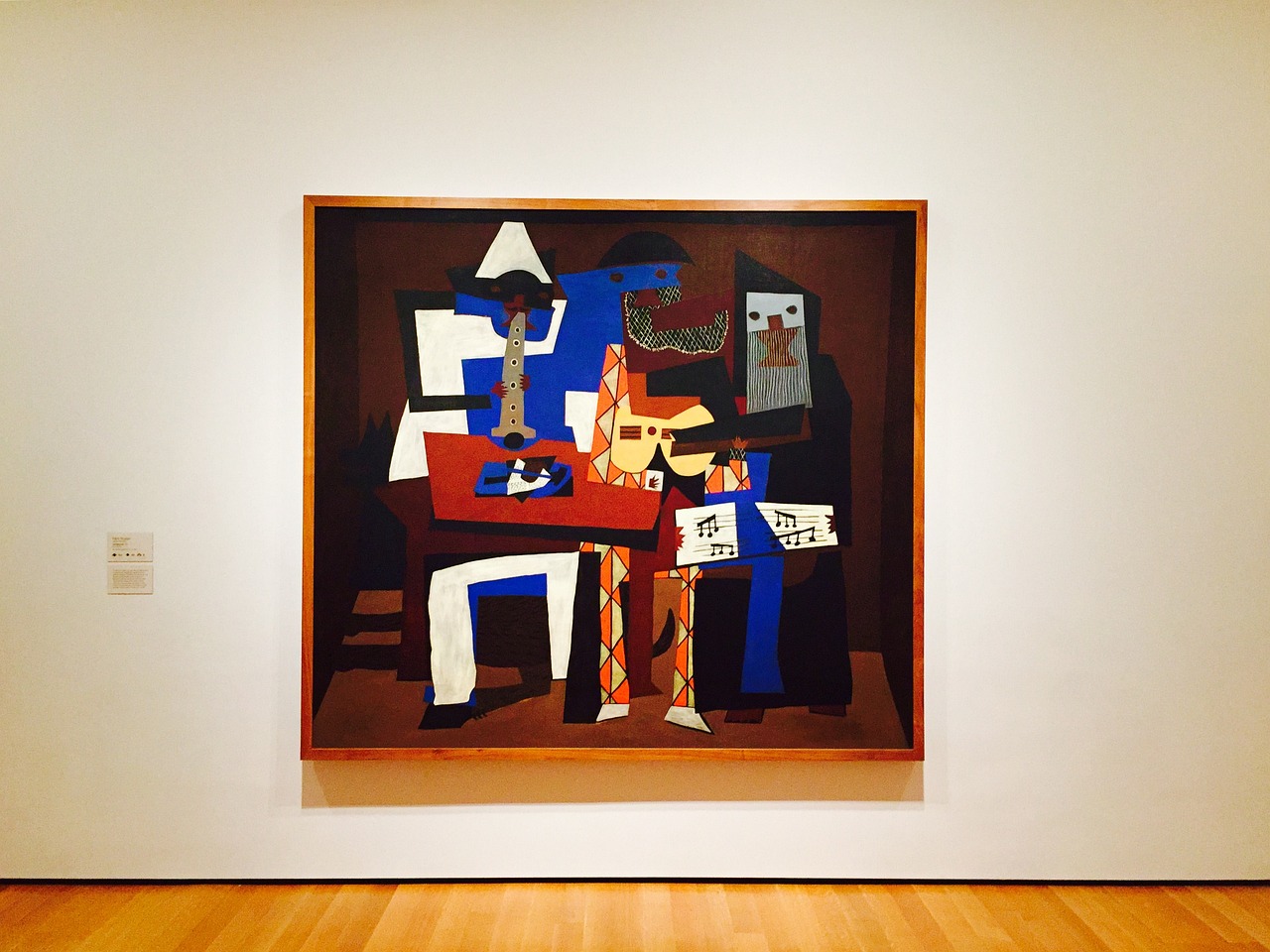
So how did the Picasso Museum end up here in La Ribera district in Barcelona?
Before moving to Paris and co-founding the Cubist movement with Georges Braque, Picasso was a young artist soaking up inspiration from Barcelona’s landscapes and architecture. He remained fond of the city all his life, donating pieces to various exhibitions and museums. When friend and personal secretary Jaume Sabartés proposed creating a museum in Barcelona, Picasso was excited by the idea.
Bringing the Museu Picasso to life was a collaboration between Sabartés, friends and admirers, the city of Barcelona, and Picasso himself. The city was looking to revitalize La Ribera by bringing culture to the district, and Picasso’s connection with the neighborhood made it the right location.
The Museu Picasso opened in April 1963, in the 14th-century stone mansion Palau Aguilar on Carrer de Montcada.
As the collection grew to include further donations from Picasso and friends and family, four adjoining medieval palaces from the 13th-15th centuries were annexed. Today, the Museu Picasso is among the three largest collections of his work, after the Prado in Madrid and the Musée Picasso in Paris.
You might expect a museum dedicated to the life and work of this iconic artist to be overwhelming, but because the collection is arranged chronologically across five adjoining palaces, it’s easy to decide where to get started.
Here are some ways to approach your visit.
If you have an hour or two to spend in the museum, viewing Picasso’s work chronologically is the best way to observe his maturation as an artist. This happens early, as can be seen in the paintings “Primera Comunión” (“First Communion,” Room 2) and “Ciencia y Caridad” (“Science and Charity,” Room 3) that he completed when he was no older than 16.
Moving through the 19 rooms of the permanent collection lets you see Picasso’s work in terms of periods, which helps you understand his many shifts in style. His Blue Period (1901-1904), for example, reflects melancholy. He shifted to blue when he heard about the death of his friend, fellow painter Carlos Casagemas.
My personal favorites are the sketches and caricatures from Picasso’s early years (Rooms 1-2), but fans of his Cubist works will appreciate his famous 1950s variations on Diego Velázquez’s “Las Meninas” (“The Maids of Honor,” Rooms 12-14).
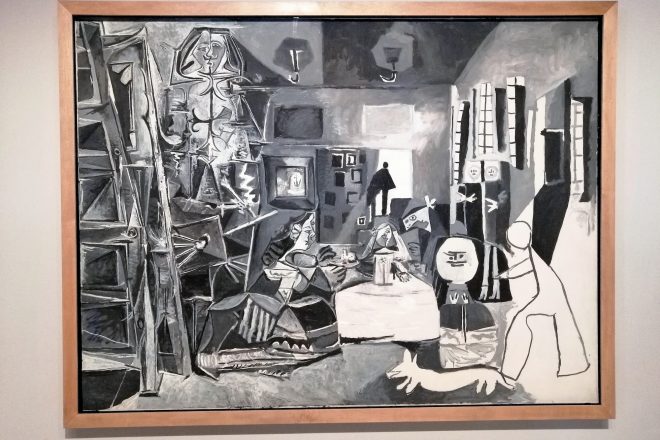
Short on time? Opt for the collection’s highlights. The Picasso Museum’s expert curators have selected 39 pieces everyone should see when they visit. From paintings to ceramics, these picks are the best representations of the mediums Picasso worked in.
As you’re in Barcelona, don’t miss taking in “Tejados de Barcelona” (“Barcelona Rooftops” in Room 8 is an example from Picasso’s Blue Period) and “Playa de la Barceloneta” (“Barceloneta Beach” in Room 2).
The Museu Picasso regularly presents temporary exhibitions (located in the Palau Finestres and Casa Mauri) focused on a specific theme in Picasso’s work or life. These exhibitions are opportunities to invite important critiques of Western modern art like Bethelemy Toguo’s interrogation of the West’s depiction of Africa.
Local tip: Check the calendar of exhibitions at the Museu Picasso before your visit.
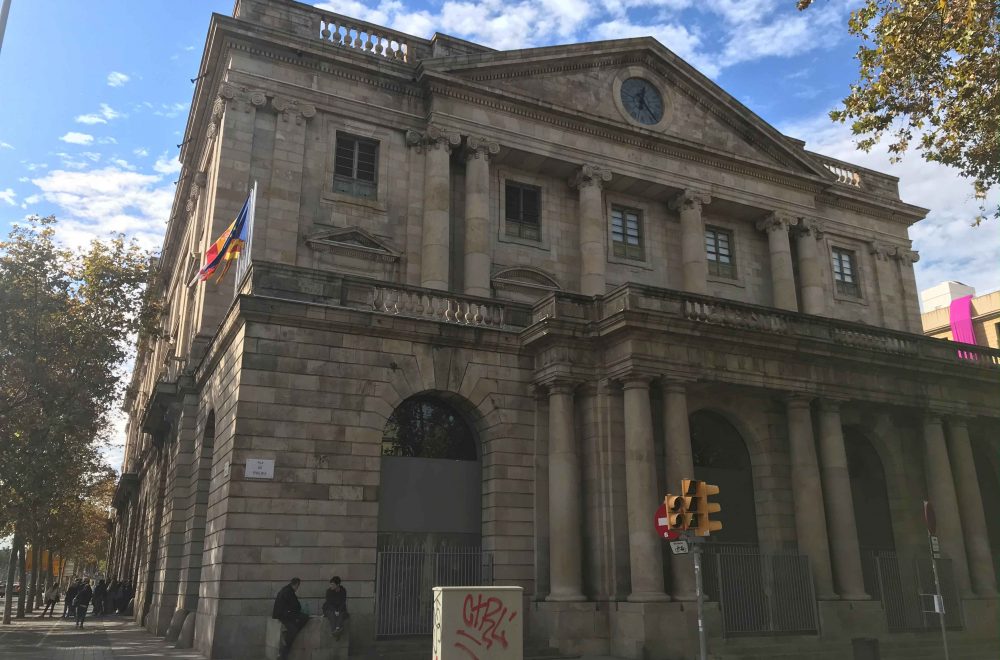
There’s even more to do in Barcelona for Picasso fans or those who want to learn more about this Spanish artist. To better understand his relationship with Barcelona, you’ve got to walk in his shoes. Or, at the very least, you’ve got to visit some of the places he frequented while he lived here.
On our Picasso in Barcelona Walking Tour, you not only gain entry to the Museu Picasso, but you also get to hear stories about the places in the city that shaped him as an artist. You’ll journey back in time to experience the Barcelona Picasso lived in as early as age 14.
A few highlights include:
You’ll end at the main event — the museum! — where everything you’ve learned about Picasso on the tour will help you appreciate his early genius in a new way. At the Museu Picasso, you feel the connection the artist had with the city that he never quite called home but that always claimed him as their own.
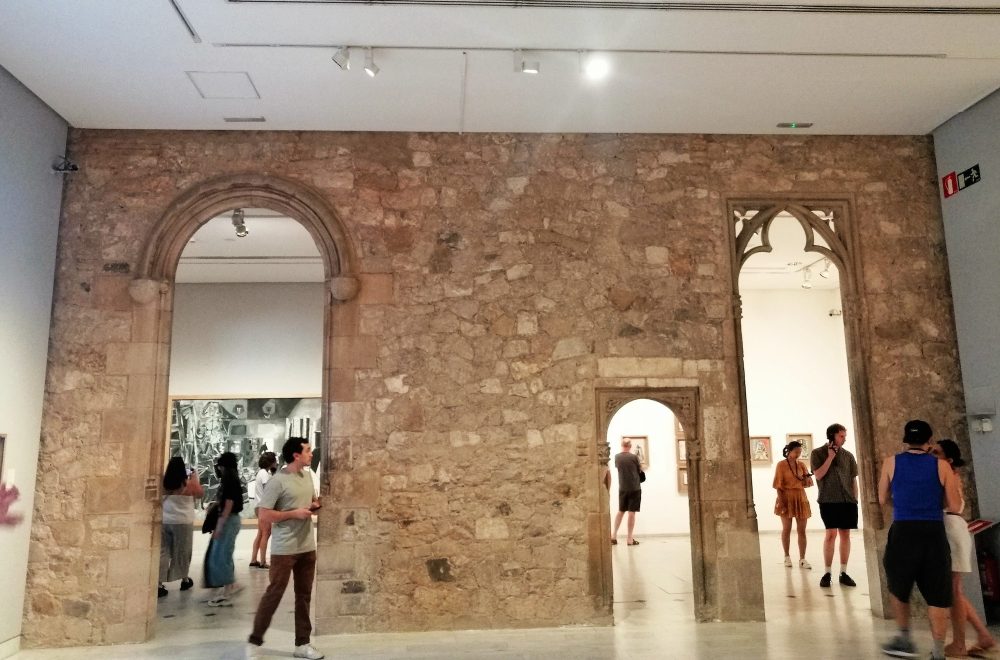
Excited to explore the museum? It’s a great addition to any trip to Barcelona. Here are some practical tips to help you plan for your visit.
General admission is €15 for adults and €14 when you purchase a ticket online. Tickets for a specific exhibit like the Fernande Olivier exhibition are around €5.50 for adults, €4.50 when purchased online, and €3 for a reduced price ticket. Reduced price tickets for €7.50 are available to people under 25, university students, people over 65, and Barcelona library card holders. There’s also an option to include an audio guide or take a guided tour for an additional €6.
If you go with our tour, admission to the museum is included in your ticket, so no need to book it online.
Yes, it’s possible.
Be on the lookout for “free-of-charge” days at the Museu Picasso! They’re currently listed as Thursdays from 5pm-8pm, the first Sunday of every month, February 12, May 18, and September 24. Tickets are required for entry, but you can reserve them online four days in advance.
If you have the opportunity to visit the museum throughout the year, you can also get the Museu Picasso Card for €25. Once you have the card, you have free access to the collection and temporary exhibits.
The amount of time you spend in the Picasso Museum depends on what you’re hoping to get out of your visit.
You could go through all 19 rooms of the permanent collection chronologically, or you could just seek out the highlights. I recommend spending 2-3 hours in the museum to take in the breadth of Picasso’s work.
Both museums are worth visiting for the unique perspectives they provide on Picasso’s work. The Museu Picasso in Barcelona focuses on his early stages and relationship with Barcelona, while the Musée Picasso in Paris aims to present a complete record of his work and creative process.
What’s unique about the museum in Paris is that it also displays pieces from Picasso’s private collection, which were donated to the city in 1973 and 1978. The collection includes paintings by Cézanne, Gauguin, Matisse, Braque, and Miro among others.
Fun fact: There is another Picasso Museum in Málaga where the artist was born: Museo Picasso Málaga.
You don’t have to love art in general or Picasso specifically to enjoy visiting this museum — it’s part of getting to know Barcelona itself. And going with our Picasso in Barcelona Walking Tour enriches your experience even more as a local shows you around this historic corner of the city.
We can’t wait to welcome you to Barcelona!

If you want to jump from one century into another with just a few steps, the Gothic Quarter in Barcelona is the place…
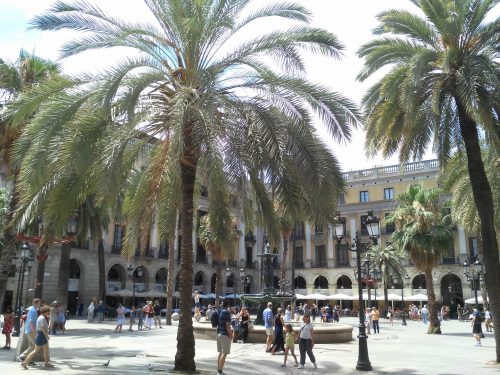
Barcelona, the vibrant capital of Catalonia, is a city that effortlessly blends history, culture, and stunning architecture. With its beaches, landmarks, and delicious…
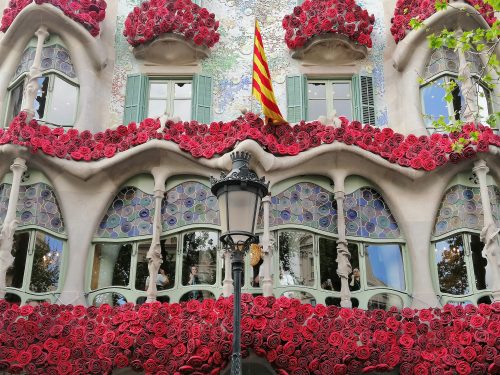
In Barcelona, you’ll never get bored. Year-round, there are plenty of festivities and celebrations to keep you busy. I’m thinking of Sant Joan,…